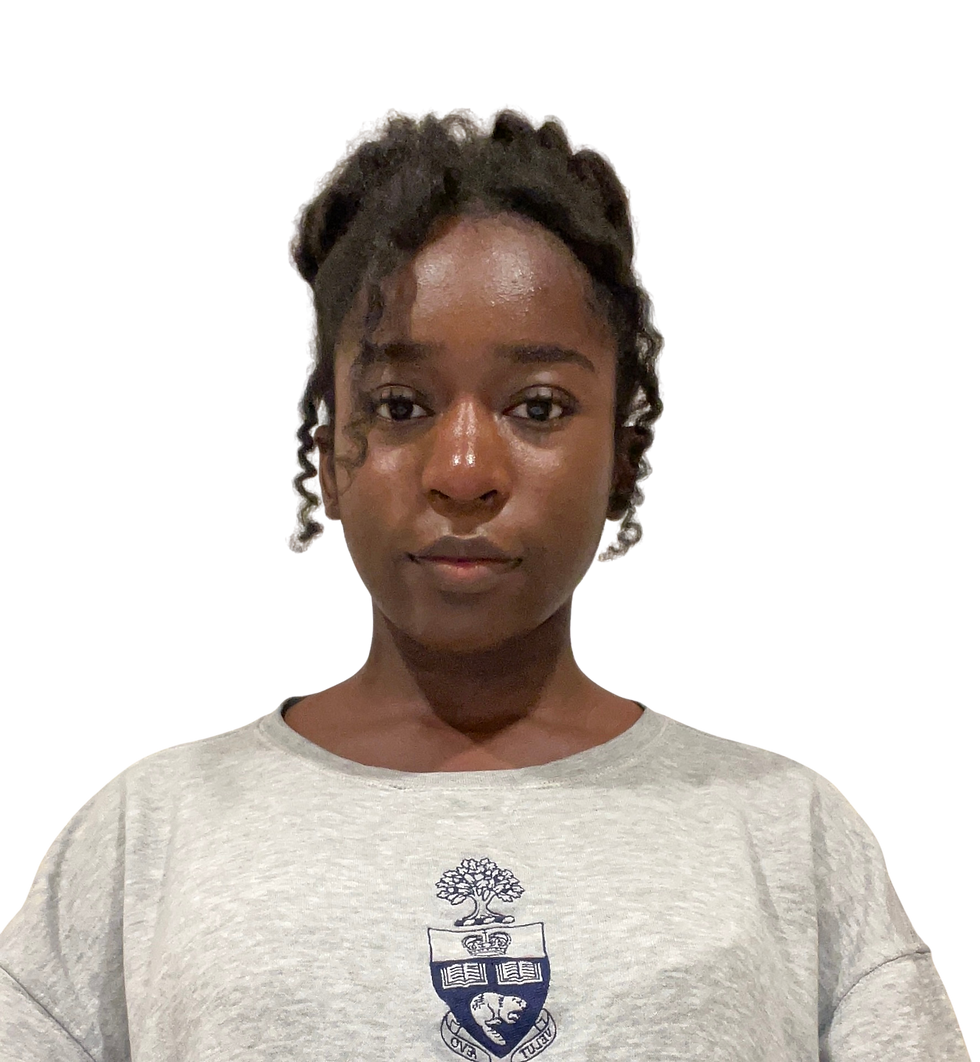The world needs change: let's start with nuclear
- dana6891
- Apr 14, 2021
- 4 min read

This article is written by Susie Ho, WIL Ottawa Chapter Chair. Susie is also the Senior Advisor at NII's Bruce Power Centre for Next Generation Nuclear.
My story, like many first-generation Asians, starts with humble beginnings.
I am the proud daughter of Vietnamese refugees who, after spending a year in a Philippine refugee camp, were eventually sponsored by the Canadian government and arrived here in the stark grip of winter in 1980. The Ho Family (1980) - Arrival to Canada With nothing but the clothes on their back and a baby (my older brother) on my mother’s hip, my parents embraced everything this country has to offer.

They learnt English, grew their family, started a business, and became respected members of their community.
Despite many hardships, they carved out a good life for themselves and our family. But now, that good life is being threatened.
A few weeks ago, a man violently assaulted an innocent 65-year-old Asian woman on the streets of NYC as she was on her way to church. This was just one in a series of Asian hate crimes that have been on the rise and steadily increasing over the past year. Watching the video of the attack incited a full spectrum of emotions in me: horror, fear, sadness, and anger. The attack was particularly painful for me to watch, as I imagined my mother—who is also 65 and walks to church daily—getting brutally attacked. My imagination ventured off insidiously to the rage I would have for a person who would attack my loved one.
And then I realized how easily it happens. How easily hate begets hate. And I told myself that perpetuating hatred was not the solution.

Instead, I choose to continue using my voice to guide the conversation towards what I think is really needed: not more hate, but change. The world needs to change, which may seem like a huge and daunting task, but transformation happens incrementally, one person at a time. Each of us has a sphere of influence where we have the opportunity to make change. For me, that sphere begins with the nuclear industry. Let’s see if we can move the needle a little bit today and talk about the change that we can make in our own industry. Moving the needle in nuclear We need to continue to be persistent with our efforts to increase diversity, equity and inclusion in nuclear.

The gender and racial imbalances in the nuclear energy industry are no secret and this trend has continued for far too long, perpetuating negative impacts of bias and stereotypes. This has ultimately led to not only lack of representation for racialized minorities and women, but also for those in the LGBTQ community as well.
The result has been and industry whose demographic does not reflect the audience whom we aim to capture.
Our industry needs fresh perspectives and new thought leaders who can reach and inspire the next generation.
Increasing diversity in nuclear will have the following impacts:
Reach a broader target audience by crafting messages that improve our understanding of a diverse range of perspectives
Demonstrate a more representative slate of messengers and spokespeople
Strengthen our message by building our social license
Increase the talent pool, attracting the best people and driving innovation
Change can start today A McKinsey report (2018) revealed that greater diversity in the workforce results in greater profitability and value creation.

And in response to these insights, organizations are finally realizing that making diversity and inclusion a business imperative will pay dividends in the future.
Here are some best practices for shifting the culture towards one that fosters diversity, equity and inclusion:
Help individuals thrive instead of trying to make them fit – Most HR practices involve hiring people who are the best fit for the team. This inherently creates biases and inequities which become embedded in an organization as people are hired, trained and even rewarded when they are a good “fit”. Instead of helping people shed their differences and conform, let’s start finding ways to leverage their unique qualities to enhance the performance of the team.
Establish a sense of belonging for everyone – This is not a one-size-fits-all approach. You must go through the hard work of creating an inclusive culture so you can build a sense of belonging. This will require a bit of active research on your part. Educate yourself on different cultures, recognize different holidays and traditions, and ask thoughtful questions. Let people feel comfortable being different.
Empathetic leadership – Cultural change in an organization must begin with a top-down approach. Only once an organization’s leader steps up to own diversity and inclusion will the culture change and thrive. Leaders must be ready to listen to experiences, internalize it and explain why they care, why it matters, and why it should influence the entire organization.
Inclusion is a state of operating in which diversity is leveraged to create a fair, healthy, and high-performing community. This means ensuring equitable access to resources and opportunities for all.
This will not only give our industry a competitive advantage but allow it to penetrate a broader target audience with a message that truly resonates.
Let’s change the future—and the face—of our industry today by becoming better allies and calling on organizations and industry leaders to make inclusion a priority. And in doing so, we will be making our own small contribution to combatting hatred everywhere. --Susie Ho
.png)


